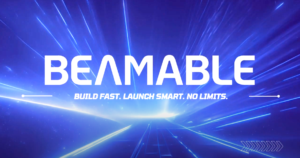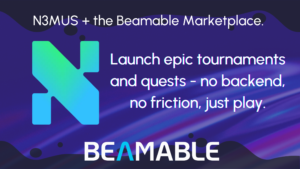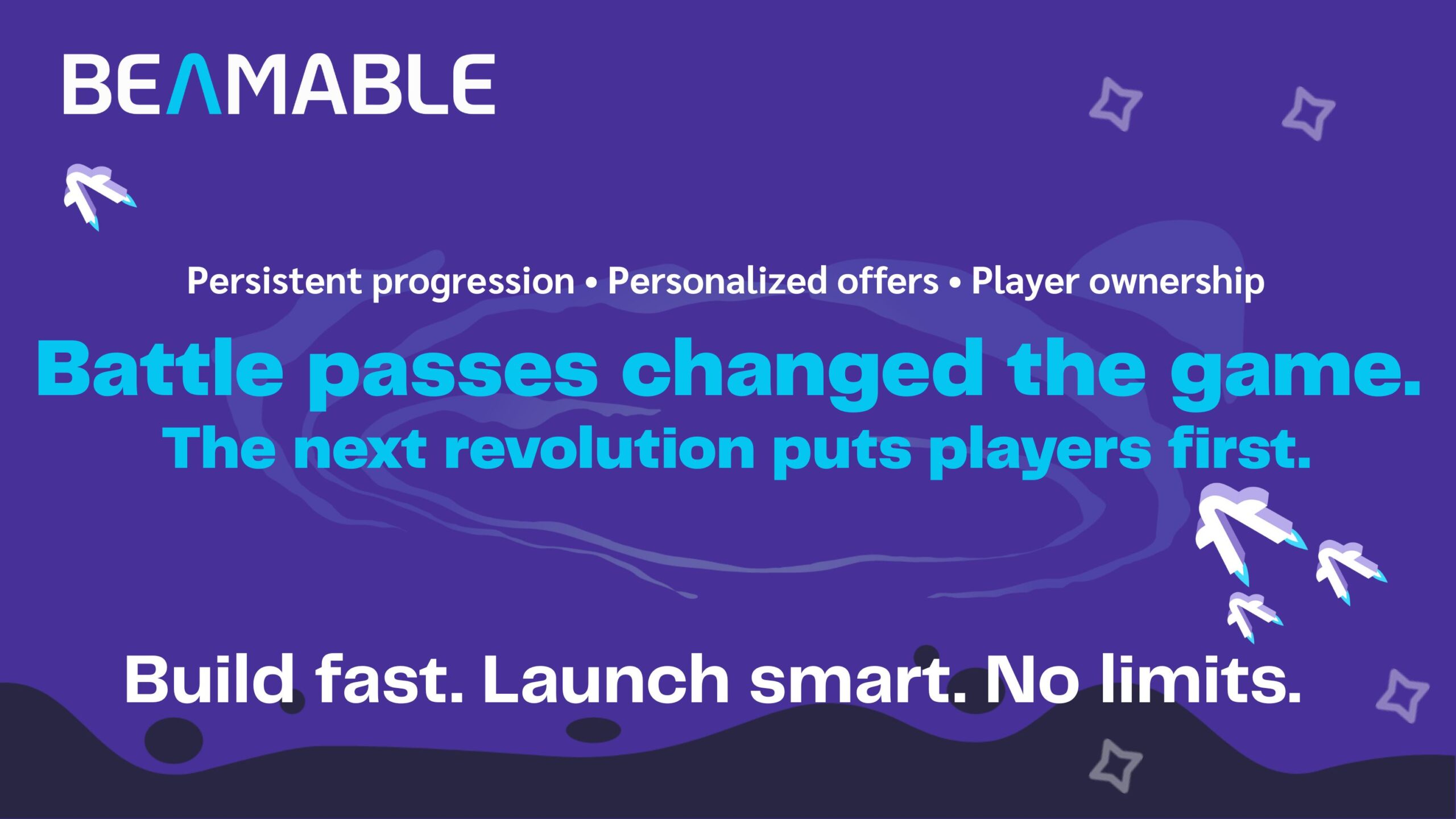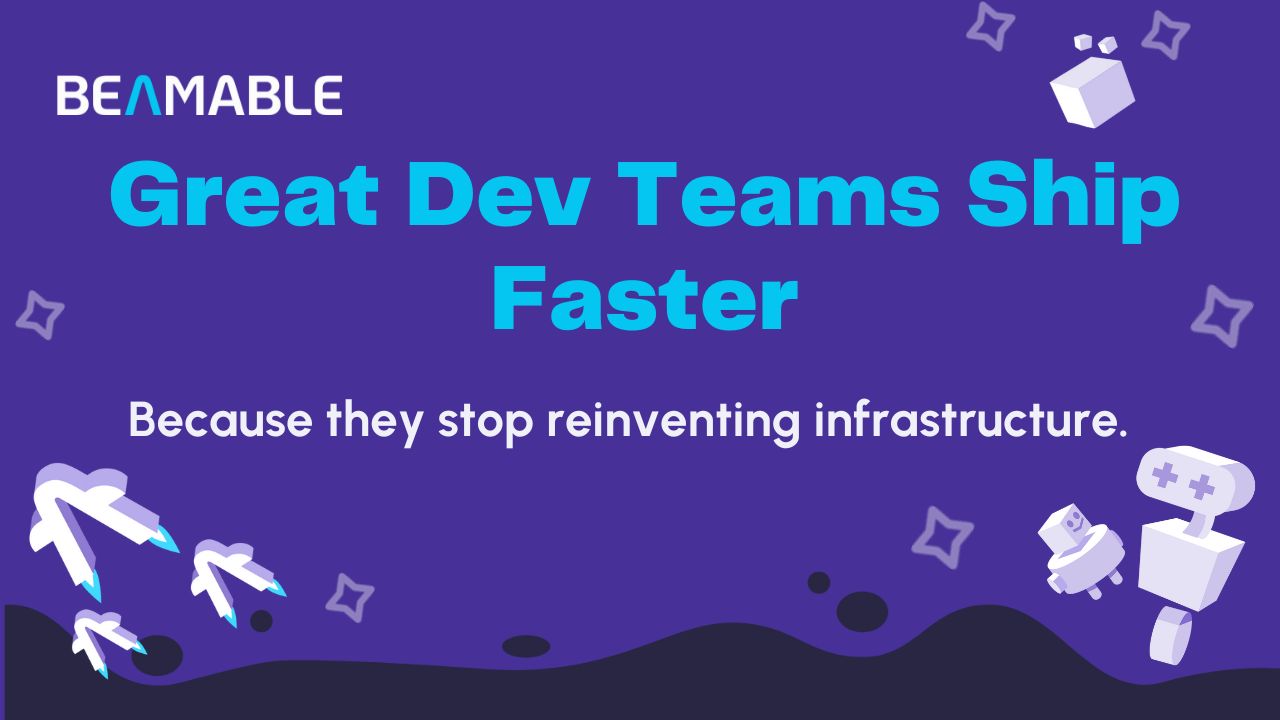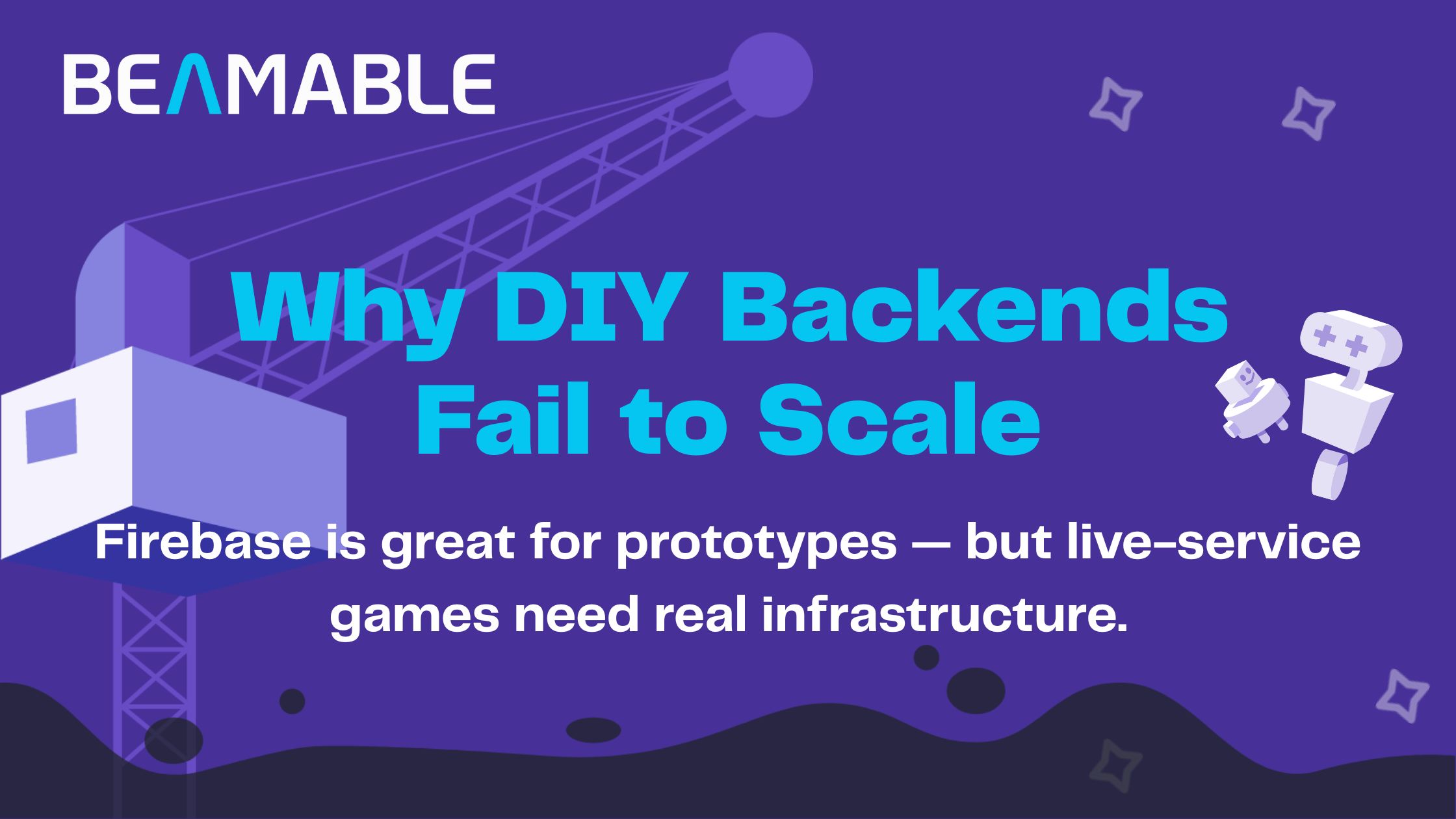The Real Cost of Building vs. Buying Your Live Game Backend
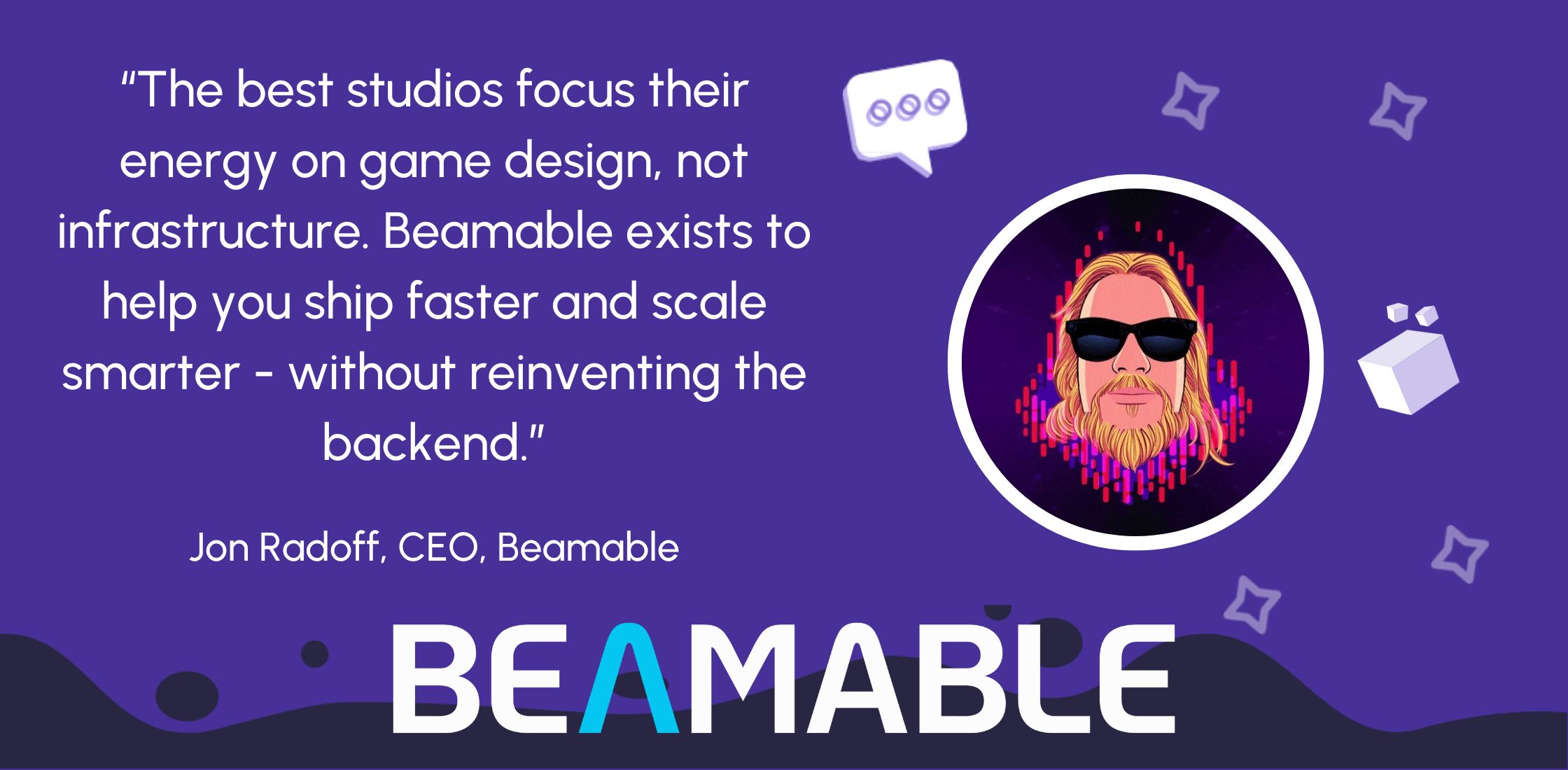
The Real Cost of Building vs. Buying Your Live Game Backend
By Jon Radoff
Building a live game today isn’t just about designing great content. It’s about orchestrating a living, breathing experience – one that evolves in real time, personalizes for every player, and monetizes responsibly. And behind all of that? A complex web of backend infrastructure that most players never see, but every developer feels.
I talk with game studios all the time who are weighing a critical decision:
Should we build our live game backend from scratch, or buy a platform like Beamable?
On the surface, building may seem appealing. Total control. Tailored features. No recurring fees. But under the surface lies a different reality… one filled with hidden costs, tech debt, and roadmaps that never quite catch up to the ambition of the game.
Let’s break it down.
1. Time Isn’t Just Money… It’s Opportunity
When you build your own backend, you’re not just paying in engineering hours. You’re paying in market delay.
Every sprint spent writing identity services, store logic, or player inventory systems is a sprint not spent building your game’s core loop, polishing onboarding, or optimizing your retention curve. Worse, backend code doesn’t generate buzz. It doesn’t drive wishlist additions. It doesn’t get you funding. It just silently delays you.
Beamable customers typically shave 6–12 months off development timelines. That’s a runway-extending, investor-impressing, team-retaining advantage that no homegrown backend can match.
2. The Myth of “One and Done” Engineering
Building your own backend isn’t a one-time investment. It’s a commitment to lifelong maintenance.
APIs break. Storefront logic evolves. Players expect Twitch drops, login rewards, and real-time events. And you know what happens when the only person who understands the content editor leaves the company? Chaos.
With Beamable, updates and improvements happen continuously. You’re not just buying tech – you’re buying sustainability. You’re de-risking your roadmap and freeing your engineers to work on features that differentiate your game.
3. Security, Scale, and… Sleep
Running a live game means handling real money, personal data, and concurrent users across regions. That means compliance, cloud ops, and 24/7 uptime.
Ask yourself:
- Do you want to build and audit your own GDPR and CCPA compliance stack?
- Do you want your team paged at 3 AM when AWS latency spikes in Singapore?
- Do you want to be liable for security vulnerabilities when players hack your homemade server?
Beamable gives you peace of mind. Proven scalability. Battle-tested security. And a team that lives and breathes live ops – so you can sleep a little better.
4. Cost Isn’t Just What You Spend – It’s What You Sacrifice
Let’s talk dollars. To replicate the core systems Beamable provides – identity, social, commerce, content management, live events – you’re easily looking at $500K–$2M in upfront engineering cost. Add another $250K/year for hosting, DevOps, and updates.
But the real cost? It’s the opportunity cost of not shipping fast enough to capitalize on a trend, not having the bandwidth to A/B test your store, or not being able to respond to a player behavior shift in real time.
With Beamable, you pay only for what you use. There’s a free tier to get started, and pricing scales with success – not ambition.
The Smarter Path
We didn’t create Beamable because we dislike custom code. We created it because we believe creativity should never be held hostage by infrastructure.
Beamable is here to unlock velocity. To democratize live game development. To let you focus on what makes your game great – not the plumbing underneath.
So before you commit to a year-long backend build that becomes a five-year obligation, ask yourself this:
Do you want to be a backend company, or a game studio?
Because if your answer is the latter, Beamable might just be the smartest move you make.
Want help weighing your options? Let’s talk → https://beamable.com/contact-us
